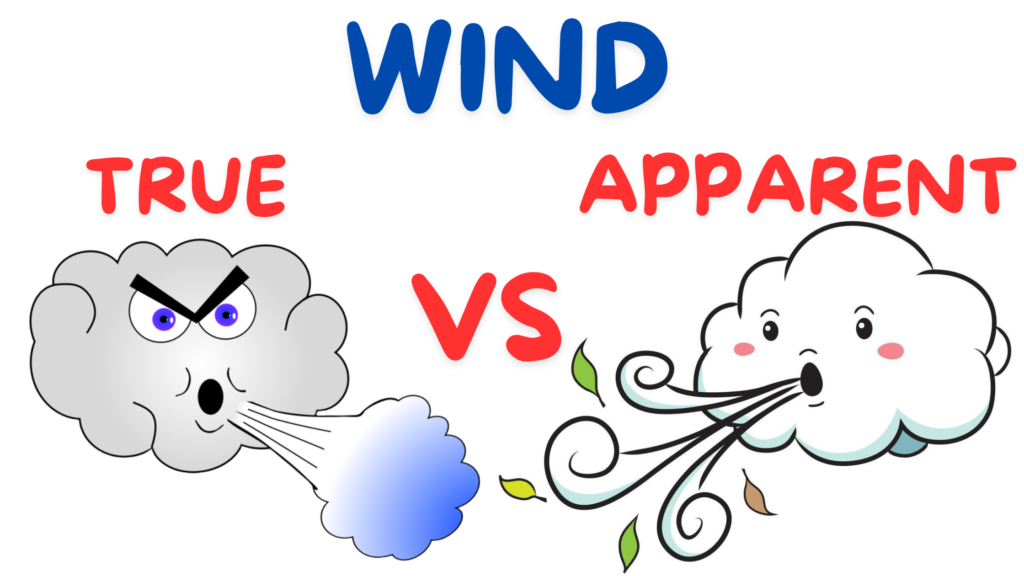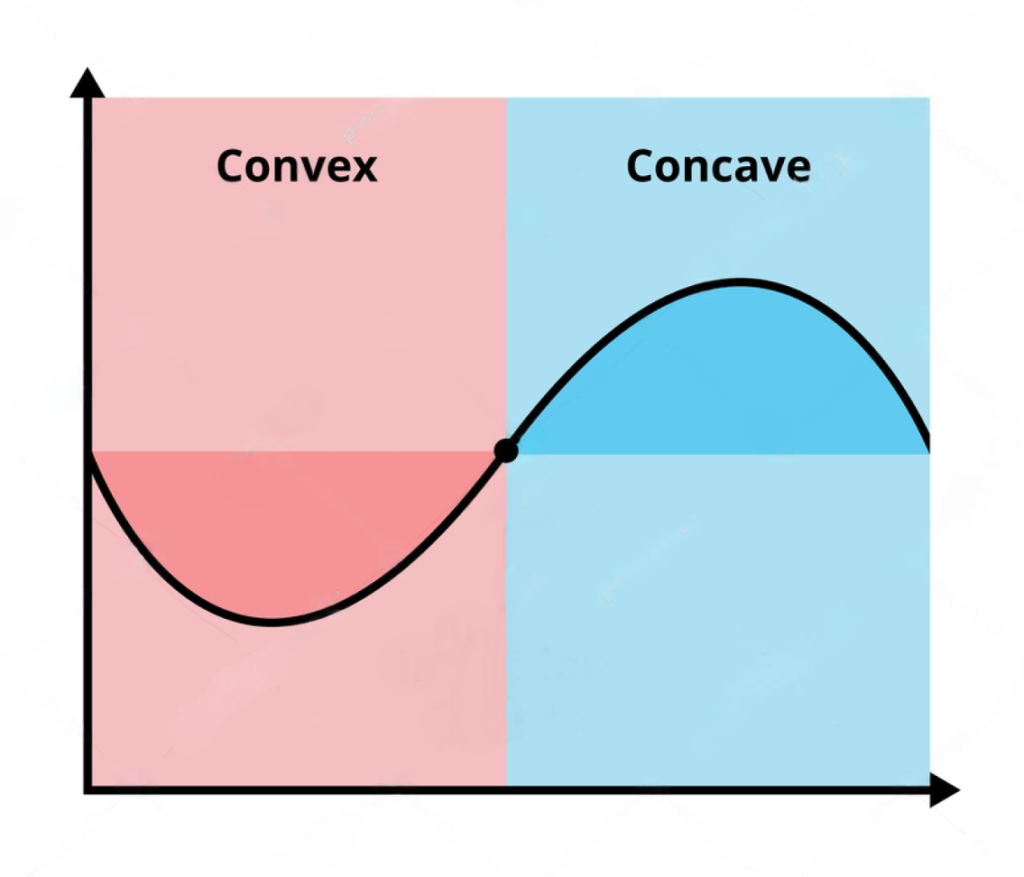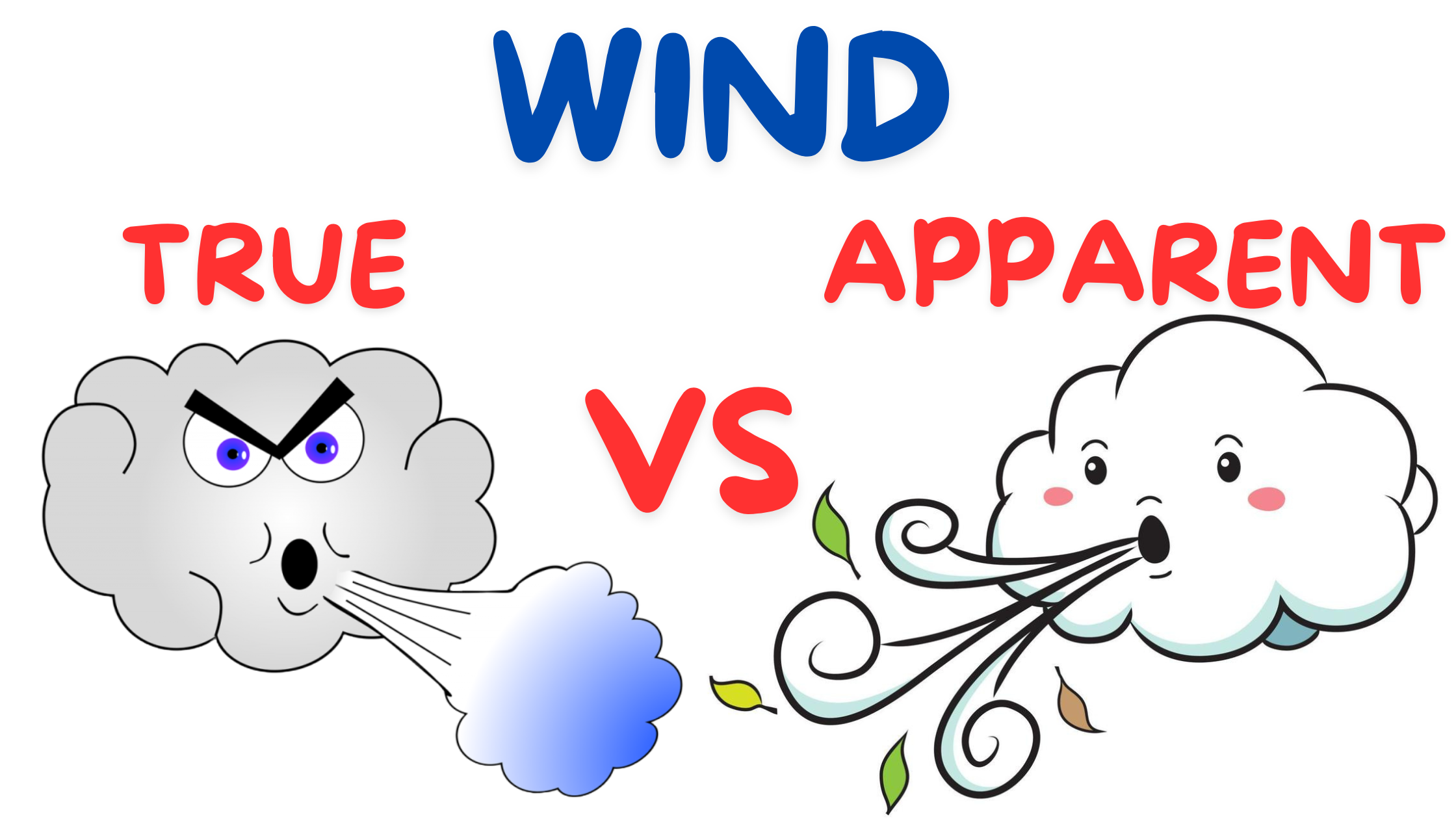Understanding the wind is more than just a helpful skill for sailors—it’s the foundation of how sails work and how a boat moves through the water. Wind direction, speed, and angle all influence how to position sails, control speed, and navigate effectively. Knowing the difference between types of wind is essential, and that’s where True Wind and Apparent Wind come into play.

For more on wind basics, feel free to check out my previous article, “Understanding Wind Patterns for Sailing,” where I cover the essentials of reading and interpreting wind conditions. Now I’ll explain the differences between True Wind and Apparent Wind, exploring how both affect your time on the water and your sailing experience. Let’s break down the science behind the breeze and see how these two winds work together to guide your sails.
What is True Wind?
True Wind refers to the wind that blows naturally over the water, independent of any boat movement. Picture yourself standing on a dock: the breeze you feel is the True Wind. This is the wind’s actual speed and direction, unaffected by any additional movement through the air. True Wind is essential for sailors to measure, as it serves as the starting point for understanding and anticipating how their boat will interact with the wind while on the water.
In the world of sailing, True Wind provides vital clues for navigation and the strategy sailors use to approach their journey. For instance, knowing the True Wind’s direction helps determine the best angle to sail or how to adjust sails to maintain balance and speed. However, once a boat starts moving, the story becomes more complex, as another force enters the scene: Apparent Wind.
What is Apparent Wind?
Apparent Wind is what the sailor actually experiences while the boat is in motion, a combination of True Wind and the wind effect generated by the boat’s speed. Think of it like the wind you feel while riding a motorcycle or bicycle, or driving a convertible with the top down. The faster you drive, the stronger and more forward the wind seems to come at you. In sailing, Apparent Wind is the wind the boat “feels,” and it’s crucial because this is the wind sailors use to power and control the boat.
Apparent Wind constantly changes depending on the boat’s speed and direction. If a boat sails directly into True Wind, the Apparent Wind feels faster and appears to shift forward. If the boat heads downwind (sailing with the True Wind), the Apparent Wind feels reduced, as the boat and wind move in the same direction. This change impacts not only the speed but also the direction of Apparent Wind relative to the boat, affecting the angle and pressure on the sails.

How True Wind and Apparent Wind Interact
The interplay between True Wind and Apparent Wind varies based on a boat’s angle to the wind, known as its point of sail. When a boat sails upwind (closer to the direction from which the True Wind is blowing), the Apparent Wind increases in strength and appears to come from a more forward direction. Sailors exploit this phenomenon to generate lift by adjusting the sails in a way that optimizes the angle at which Apparent Wind meets the sail.
Conversely, when a boat sails downwind (with the True Wind behind it), the Apparent Wind feels weaker because the boat moves along with it. In this case, True Wind becomes more significant as the boat’s movement reduces the Apparent Wind’s force. Downwind sailing strategies thus prioritize maximizing sail area to capture more of the weaker wind flow, as the lift generated by Apparent Wind is less crucial.
The Connection to Bernoulli’s Principle
Bernoulli was an 18th-century Swiss mathematician and physicist known for his work on fluid dynamics. Bernoulli’s Principle explains how the pressure of a fluid (like air or water) decreases as its speed increases, a concept fundamental to understanding lift in aerodynamics and sailing.
To understand why Apparent Wind is so influential, it’s essential to connect it to Bernoulli’s Principle. Bernoulli’s Principle states that as the speed of air (or fluid) increases, its pressure decreases. This is the principle that allows airplane wings to generate lift, and it’s also fundamental to sailing.


When the Apparent Wind moves over a sail, the curved shape of the sail causes the air on one side to travel faster than on the other. The faster-moving air on the curved (outside) part of the sail has lower pressure than the slower-moving air on the inside. This pressure difference creates lift, pulling the boat forward through the water.
In sailing, the positioning of Apparent Wind becomes critical because it directly influences the airflow over the sails. When sailors adjust their sails to match the Apparent Wind, they maximize this lift effect, harnessing it to generate forward momentum. Without Apparent Wind (and the understanding of how to manipulate it), a boat would struggle to sail efficiently upwind and could risk stalling when heading downwind.
Generating Lift with Apparent Wind
Apparent Wind plays a vital role in generating lift, particularly when sailing upwind or at close-hauled angles (when the boat is as close to the wind direction as possible). In the video below I cover the points of sail, showing how different angles to the wind affect the Apparent Wind and the boat’s performance. Watching it will provide valuable insights that tie directly into this topic, helping you better understand how to position your sails for maximum lift and control. Sailors can use Apparent Wind to their advantage by adjusting the sails to match the optimal angle of attack, increasing the speed of airflow over the sail’s surface. This increased airflow creates a higher pressure difference, leading to stronger lift.
The faster the boat moves, the greater the Apparent Wind becomes, which also increases the lift effect. By trimming the sails tightly and keeping the boat angled just right, sailors can harness this force to propel the boat forward and even sail at an angle against the True Wind direction. This process, known as “pointing,” demonstrates how sailboats can move efficiently upwind by using Apparent Wind strategically.
Practical Impact of Apparent Wind on Sail Adjustments
Apparent Wind is the primary force acting on sails, so sailors adjust their sails continuously to respond to shifts in its direction and strength. When sailing close to the wind (close-hauled), sailors trim the sails tightly to capture strong Apparent Wind efficiently. As the boat bears off (turns away from the wind), they ease the sails to accommodate the changing Apparent Wind angle.
For instance, when heading downwind, sailors let out the sails to maximize exposure to the True Wind, which becomes the dominant force as Apparent Wind weakens. This downwind strategy focuses on increasing sail area to capture more wind, shifting from lift generation to maximizing surface area. These adjustments maintain balance, reduce heeling, and ensure smoother, faster sailing.
Sailing Strategies for Upwind vs. Downwind with Apparent Wind
Upwind Sailing: When sailing upwind, Apparent Wind strengthens and shifts forward as the boat moves against the True Wind. Sailors trim their sails to generate high lift, optimizing the boat’s angle to the wind for more efficient, faster movement.
Downwind Sailing: When sailing downwind, Apparent Wind weakens since the boat moves in the same direction as the wind. True Wind becomes the focus, and larger sails, like spinnakers, are deployed to capture as much of it as possible for propulsion.
Both upwind and downwind strategies rely on understanding Apparent and True Wind, balancing their effects for optimal sailing. By adapting to these shifting wind forces and applying principles like Bernoulli’s, sailors maintain control and maximize their experience on the water.
The Dance Between Wind and Sail
Sailing is a craft that blends knowledge of physics, the art of navigation, and an understanding of nature’s forces. Apparent Wind and True Wind form a dynamic relationship that sailors must continuously adapt to. By understanding these two types of wind and their connection to Bernoulli’s Principle, sailors can better harness the power of the wind and optimize their performance on the water.
The wind may be invisible, but its effects are unmistakable. Understanding True Wind vs. Apparent Wind—and how each type of wind interacts with the sails—is one of the keys to mastering the art of sailing. It’s a reminder of the delicate balance between science and nature, and why sailing remains as captivating today as it has been for centuries. Happy Sailing!

